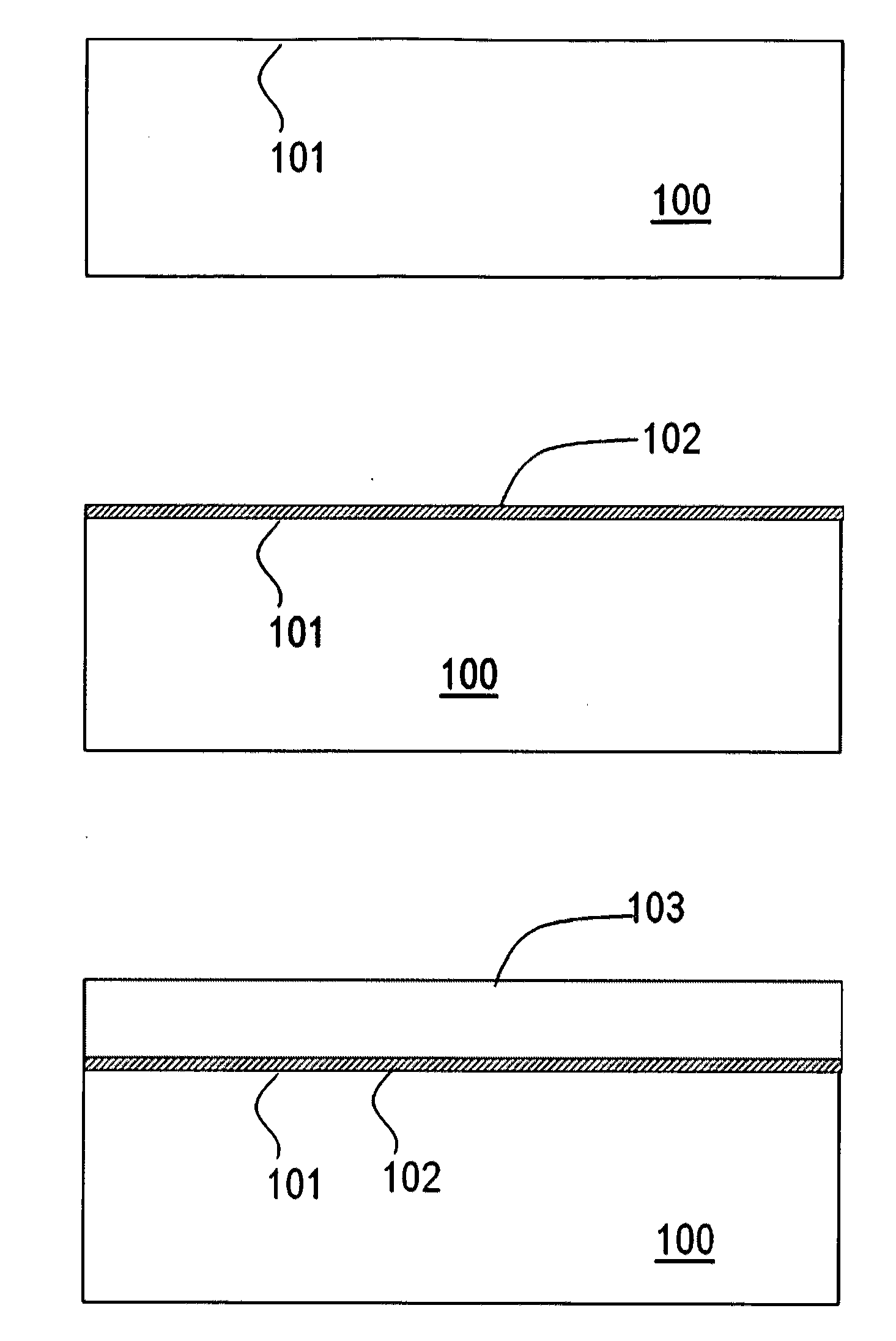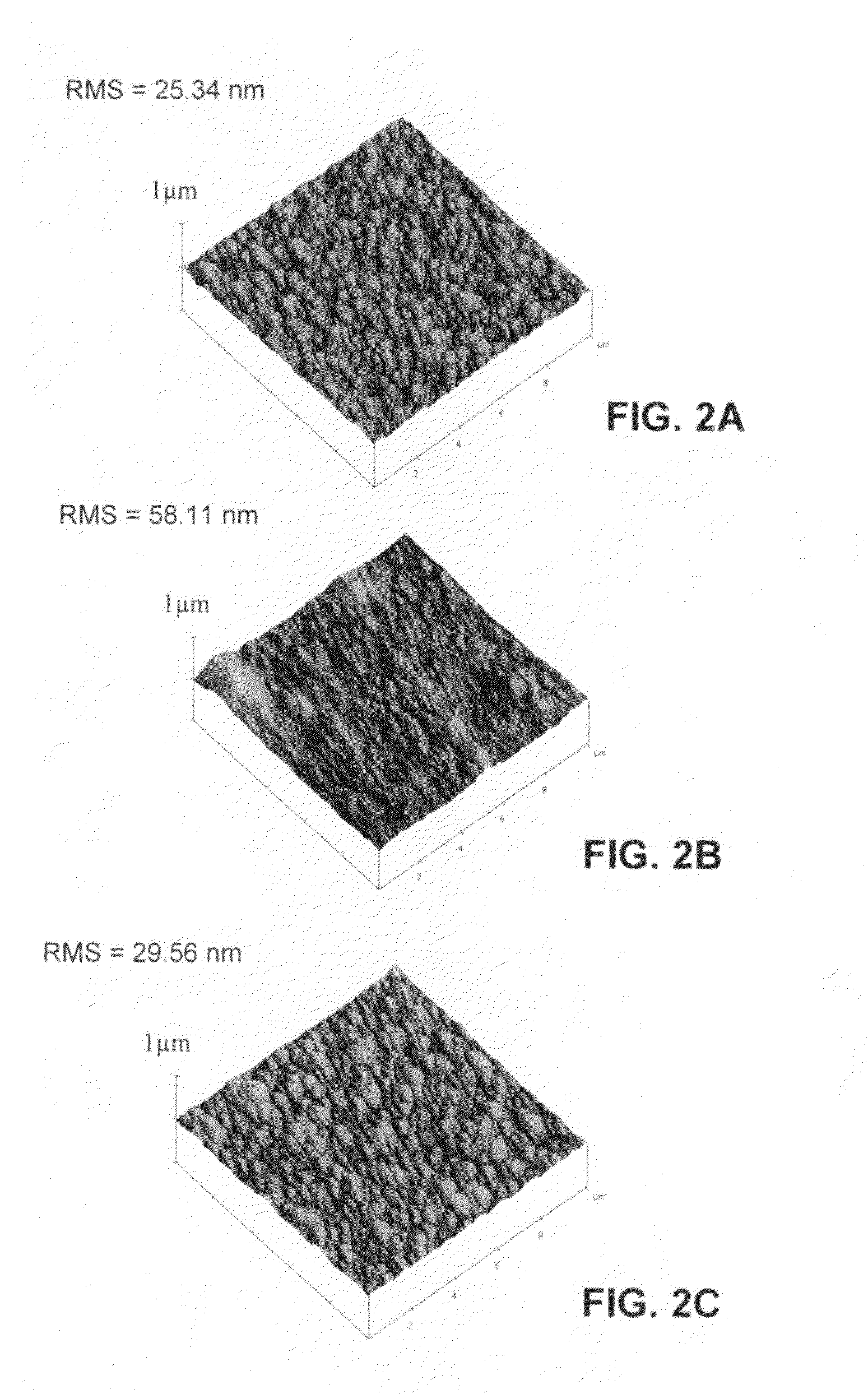Metal deposition using seed layers
- Summary
- Abstract
- Description
- Claims
- Application Information
AI Technical Summary
Benefits of technology
Problems solved by technology
Method used
Image
Examples
Embodiment Construction
[0032]The following definitions provide additional context for the detailed descriptions that follow and are not intended to limit the scope of the detailed descriptions.
[0033]The term “substrate” as used herein is intended to encompass electronic materials, such as semiconductor and thermoelectric materials, as well as inert materials, such as glasses, ceramics and dielectrics.
[0034]The term “surface” as used herein is intended to encompass an entire surface of a substrate or a selected region of the substrate. For example, the seed layers described herein may be selectively deposited onto regions of the substrate to form discontinuous surfaces for selective metallization.
[0035]The term “metal” as used herein is intended to encompass elemental metals and metal alloys, as well as metallic compounds and metal precursors that can be used to form a conductive contacts and / or nanoparticles.
[0036]The term “self-assembling polymer” as used herein is intended to encompass any polymer that ...
PUM
| Property | Measurement | Unit |
|---|---|---|
| Fraction | aaaaa | aaaaa |
| Fraction | aaaaa | aaaaa |
| Fraction | aaaaa | aaaaa |
Abstract
Description
Claims
Application Information
 Login to View More
Login to View More - R&D
- Intellectual Property
- Life Sciences
- Materials
- Tech Scout
- Unparalleled Data Quality
- Higher Quality Content
- 60% Fewer Hallucinations
Browse by: Latest US Patents, China's latest patents, Technical Efficacy Thesaurus, Application Domain, Technology Topic, Popular Technical Reports.
© 2025 PatSnap. All rights reserved.Legal|Privacy policy|Modern Slavery Act Transparency Statement|Sitemap|About US| Contact US: help@patsnap.com



